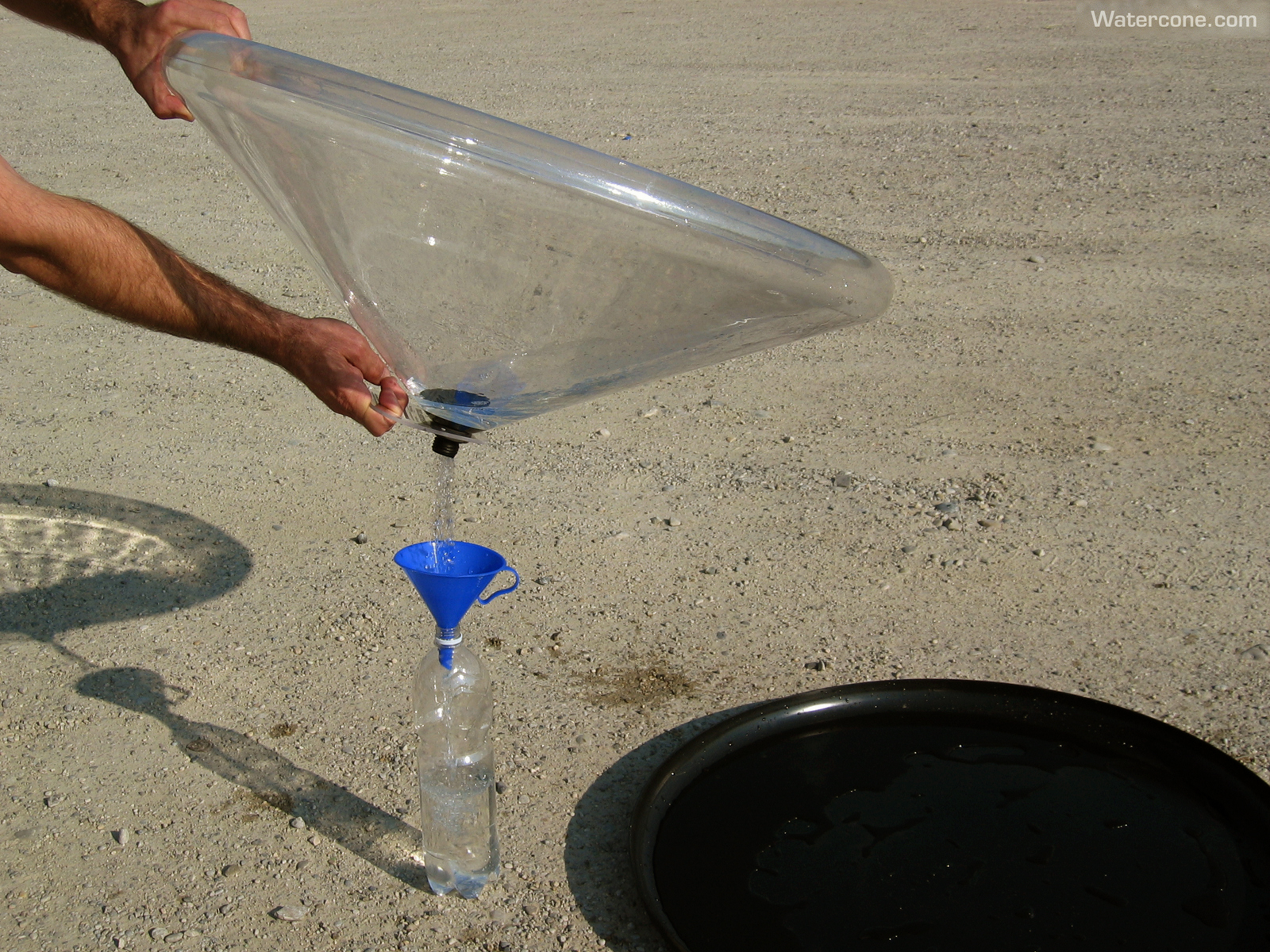

Just be sure to dump the water out in an area where there’s no plants or grass as salt and water may kill grass and foilage.įirst, we talked about salt being a solid. We’ve already learned that sometimes solids can change into a liquid or vice versa. Each child also used a small plastic cup or beaker, spoon, and pipette for this experiment. Our tray includes plastic beakers of water, regular table salt, and containers of coarse salt. Just bring out a tray of interesting materials and children are excited to get busy. Science activities for young children can be simple. Science in preschool can be so simple and yet so fun and educational. The only thing that you might start to notice is that the water coming out of your faucets have a different feel to it, or your dishes start to show hard water stains.We spent a little extra time on mixtures in our Science Lab theme, so we could experiment with dissolving salt in water. What happens is that fresh water is always passing through your water softener tank, so when the water softener performs a recharge, it will pass through that unsalted water not knowing the difference if the water is salty or not.

It is not bad to let your water softener run out of salt. Is It Bad To Let Your Water Softener Run Out Of Salt? Wait about 4 hours before you regenerate the tank. Step #8 Add a new bag of salt to the tank and a bucket of clean water to help dissolve the salt. You can now turn the bypass valve back on. If you removed a brine grid, you could now put it back in where you found it. Step #7 Safely remove and dispose of the bleach water, and then once again take a garden hose and thoroughly rinse out the inside of the tank. The bleach will help sanitize the tank and kill any organisms that might be growing. Stir the mixture around inside of the tank and let it sit between 15 to 20 minutes. Step #6 Fill the tank with 2 to 3 gallons of water and add about 1/4 cup of household bleach. Step #5 Dump out the soapy water and thoroughly rinse the inside of the tank with clean water. Now, use a sponge or soft bristle brush and completely wipe down the entire interior of the tank. Step #4Add a new bucket of clean, warm water to the tank along with a generous amount of dish soap. Use a sponge or soft bristle brush to wash it all over the inside of the tank.
#Salt iturn n water full#
Next, take a bucket full of clean, warm water and dump it into the tank. If so, remove that and set it aside in a safe place. Step #3 After you have all of the salt and water removed, take a look at the bottom of the tank to see if you have a brine grid sitting at the base of the tank. For this, you can use a shop-vac or siphon and scope everything out into a bucket using a cup. Step #2Empty any remaining salt and water of the tank. Step #1 Shut off the water intake by turning the bypass valve. The reason for this is that it will allow enough time for the salt to drop down within the tank to avoid wasting good salt. Ideally, it is best to schedule a water softener cleaning a few months in advance.

One other telltale sign that it is time to clean your tank is when the tank begins to let off that rotten-egg odor mentioned earlier. For example, if you start to notice that the output water hardness has increased, or the water begins to look discolored, these are signs that you should clean the tank. There are some exceptions to how frequently you will need to clean your water softener.

If you have an older model water softener, you should be scheduling an annual cleaning for that especially if you have an older electric water softener because for some reason these tend to need to be cleaned more frequently. Typically newer water softeners can go between 5 to 10 years without having to be cleaned. How Often Should You Clean Your Water Softener? The best way to combat and get rid of the foul odor is by performing a regularly scheduled cleaning of the brine tank. It is a common problem that happens regardless of the which brand of tank you use. Once you begin to smell this rotten-egg odor coming from the water softener, you should address it right away because it will only get worse. Over time, the bacteria will grow and begin releasing hydrogen sulfide gas, which causes the foul smell. The rotten-egg smell that may emanate from your water softener tank will often be caused by the infestation of sulfur bacteria which are usually attracted by the sodium present in the water softener tank. However, water softener tanks come with their own unique set of challenges, and one of them is the rotten-egg smell-a smell that is similar to that of hydrogen sulfide gas. A water softener is a great addition to have, especially if you receive hard water to your home.


 0 kommentar(er)
0 kommentar(er)
